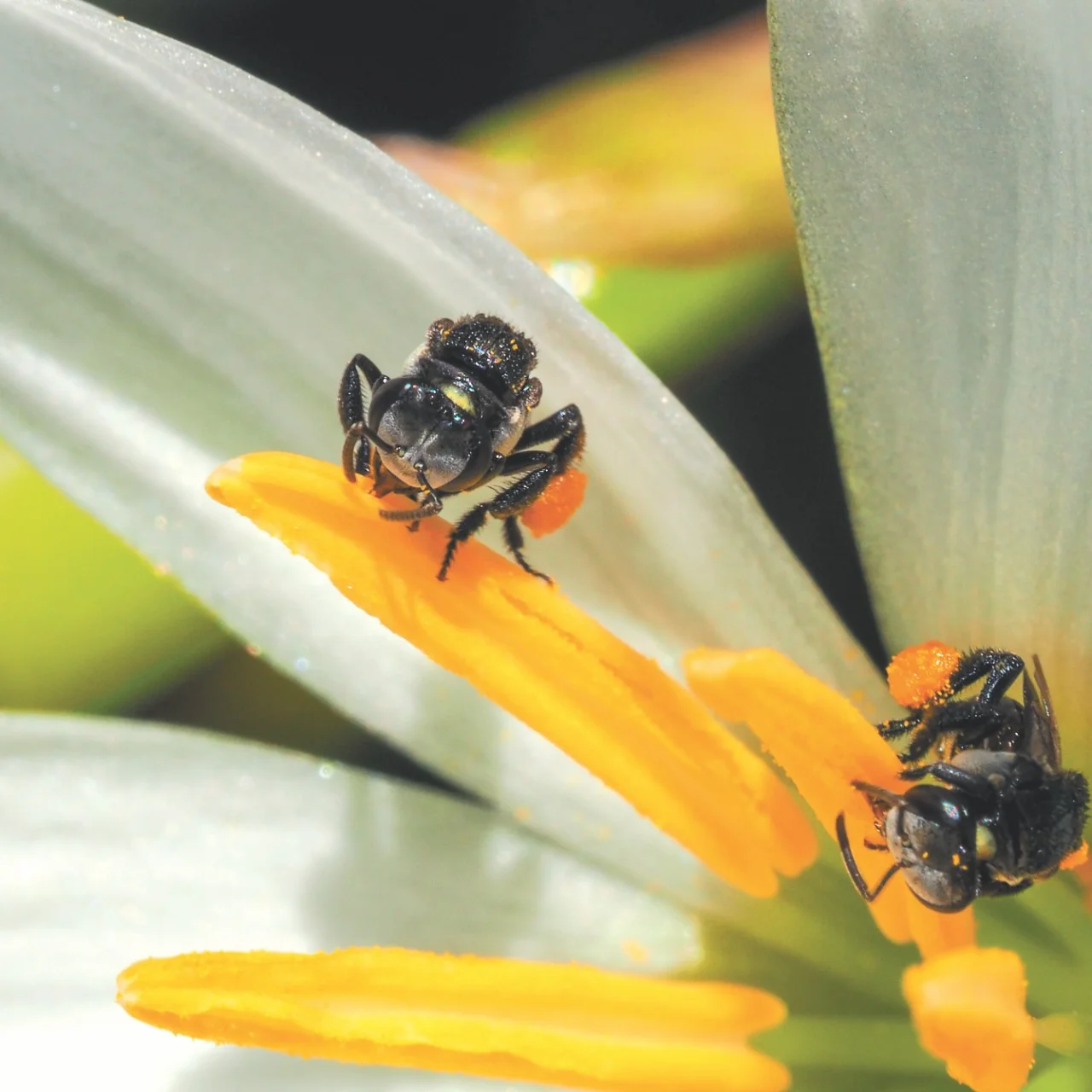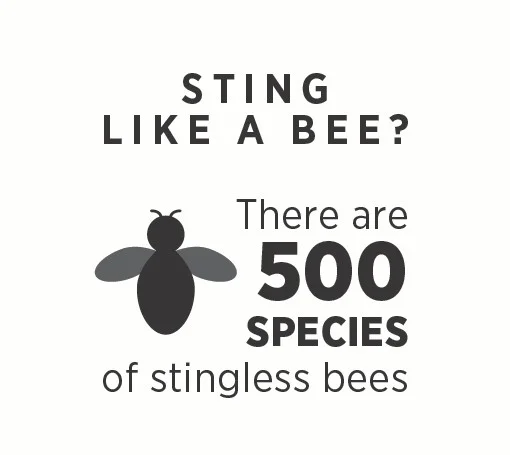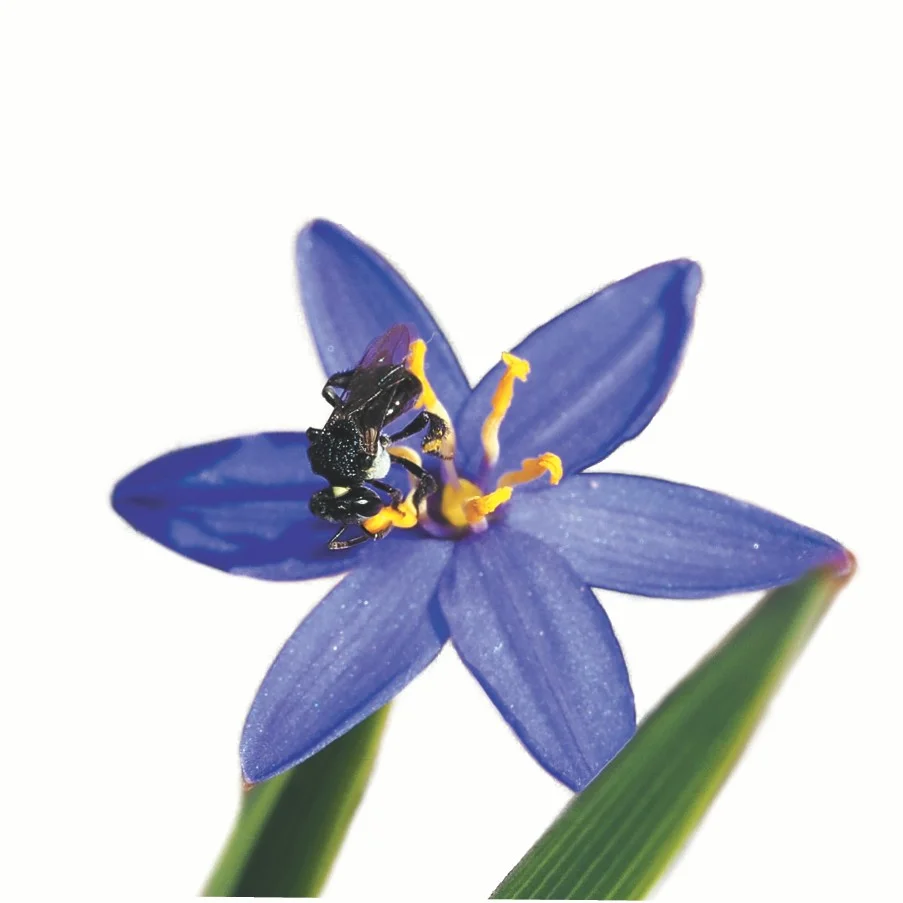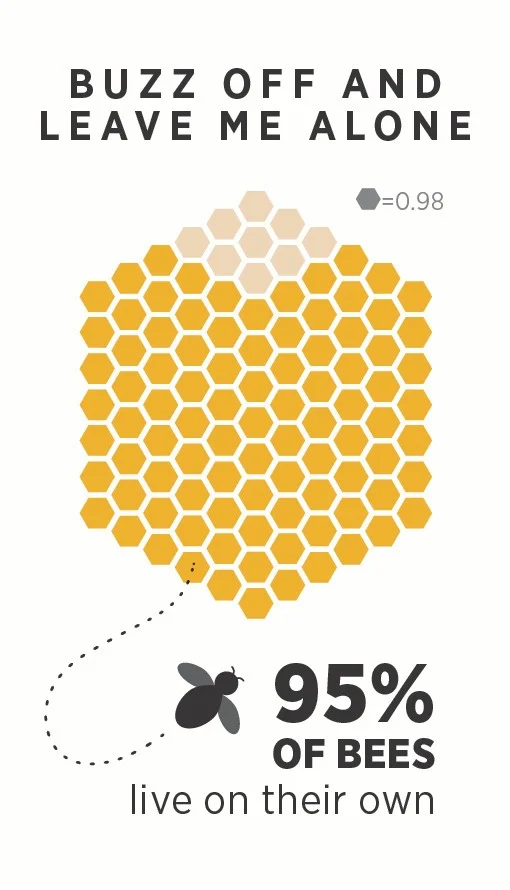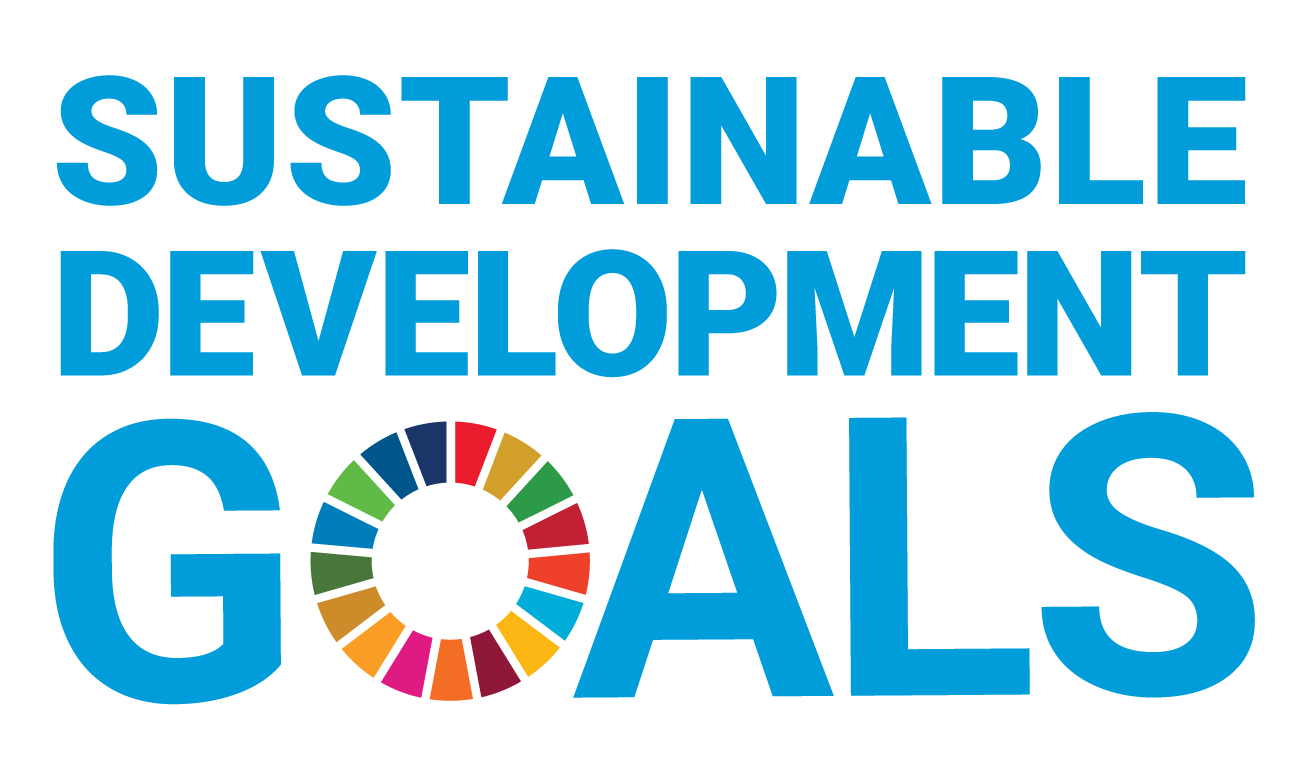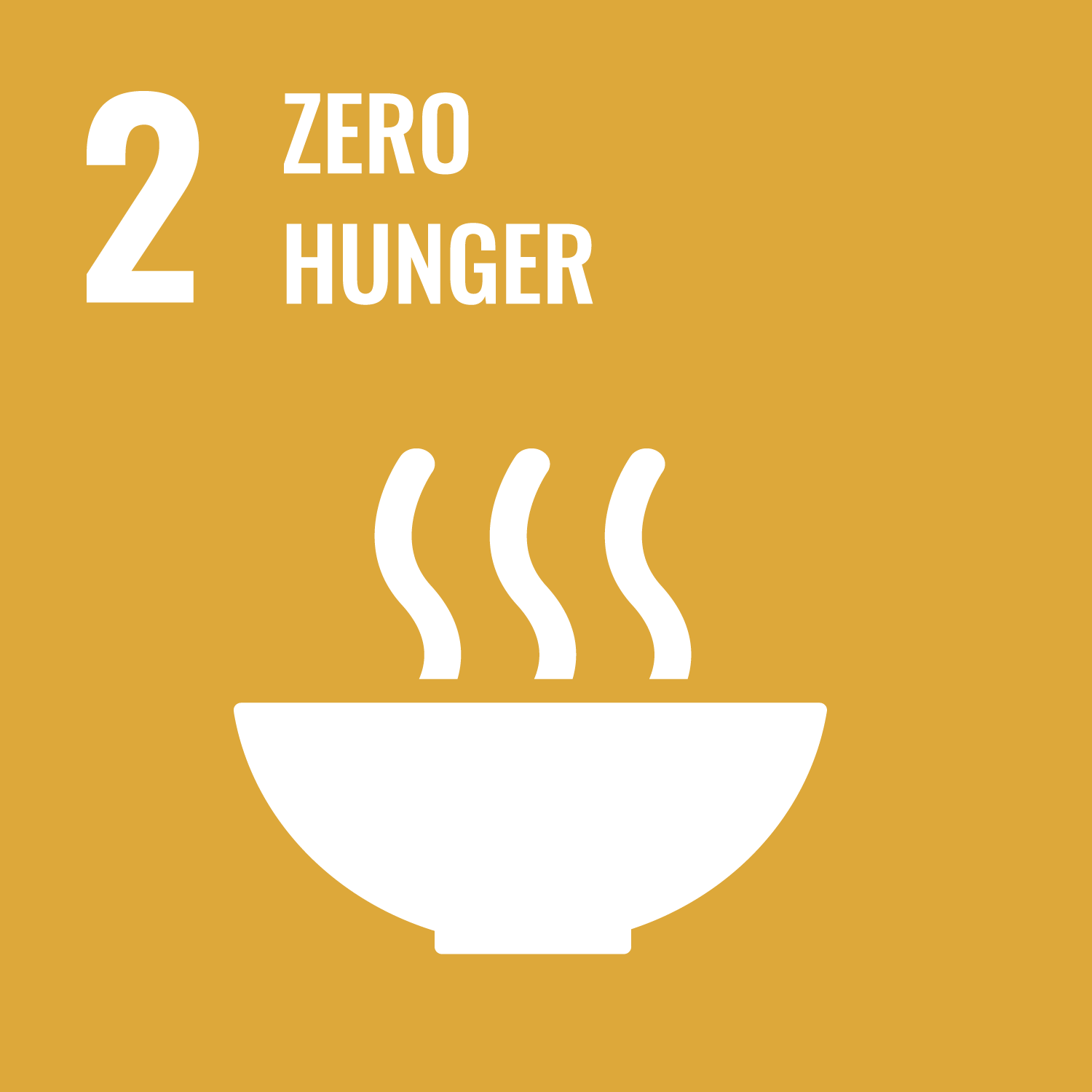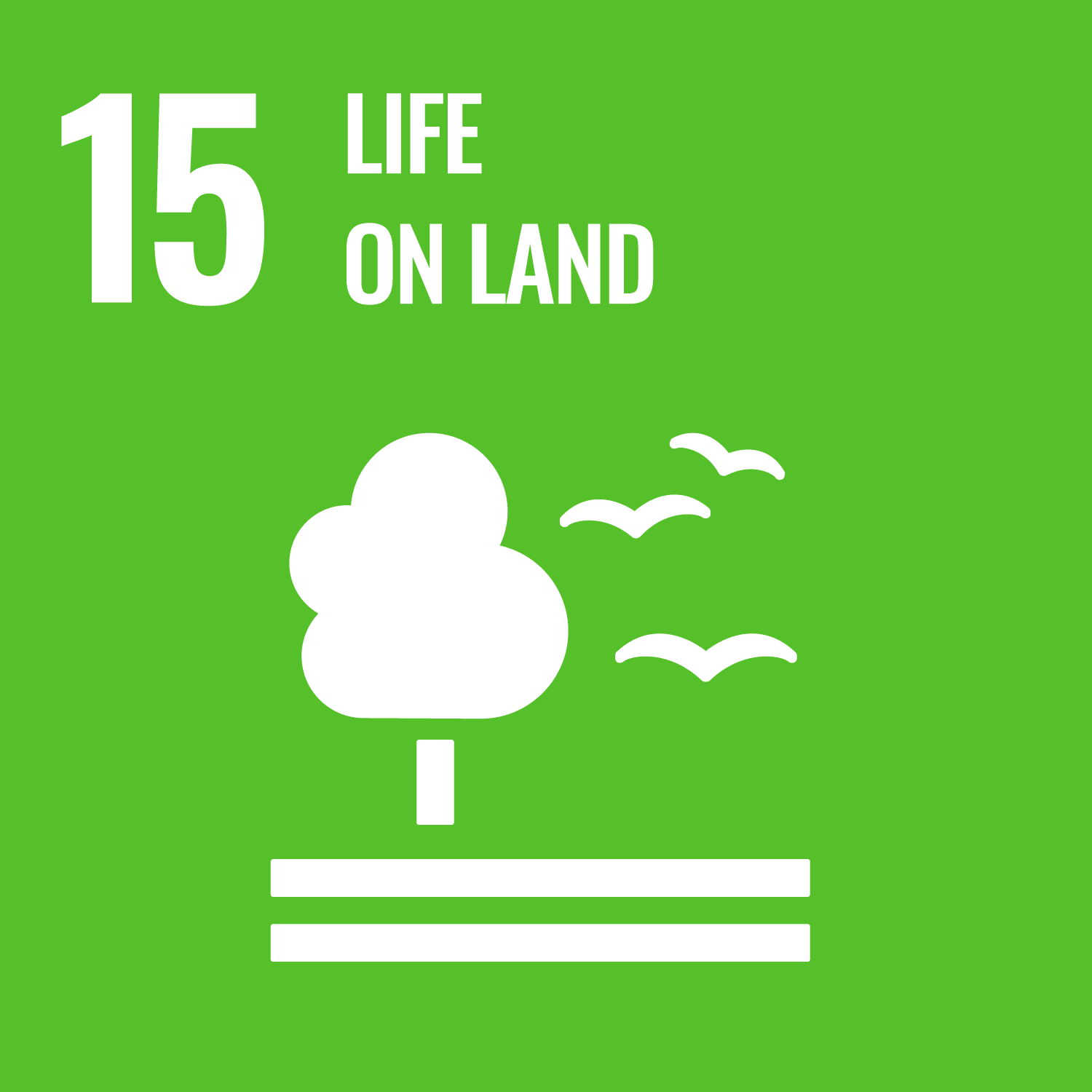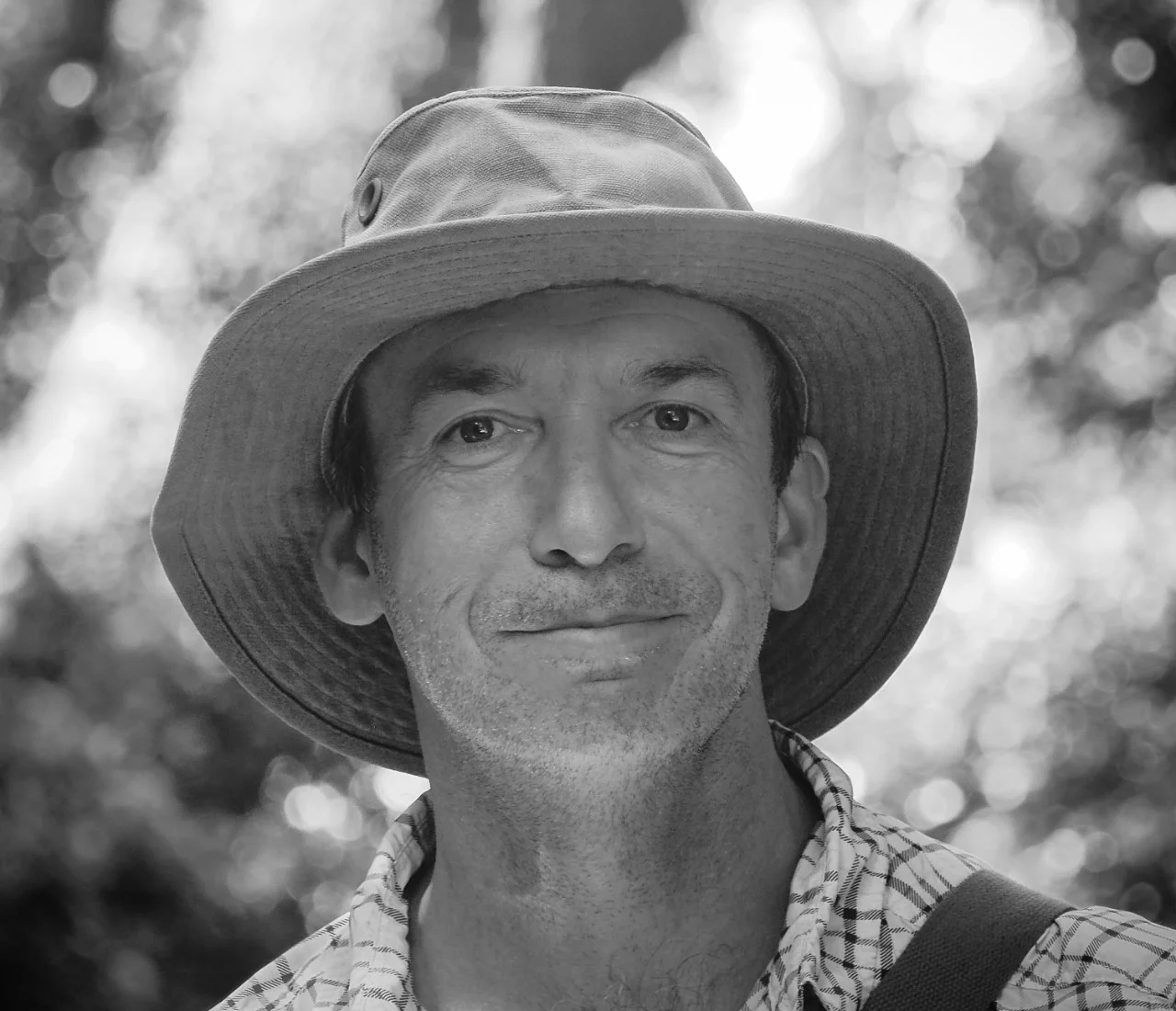Answering Burning Questions
You can search for courses, events, people, and anything else.
Australia is the final stronghold against the Varroa mite (Varroa destructor). This microscopic parasite has sucked the life out of honey bee hives the world over, prompting headlines urging action, and global pro-bee campaigns. In addition to making honey, bees pollinate crops, and plants such as clover that add nutrients to pasture.
While Australia is still Varroa-free, it has been intercepted twice in the last five years coming in on ships. “Pretty much everyone thinks it’s a case of when we get it, not if we get it,” says Professor James Cook, leader of the Plants, Animals and Interactions research theme at Western’s Hawkesbury Institute for the Environment. He is leading a five-year, $19 million research push to better understand bees’ role in crop pollination, so that when Varroa arrives, Australia is prepared to minimise the damage.
“We expect a rapid drop-off in honey bee colonies and that’s what we need to be ready for. But the good news is Varroa is really specific to honey bees so it’s not going to affect stingless bees, or our many species of solitary bees,” says Cook.
Contrary to popular understanding, European honey bees (Apis mellifera) are the exception when it comes to bees. Of the world’s 20,000 species of bees, only seven species live in large colonies, have stingers, and make honey. Around 95% of bees live on their own. There are also about 500 species of stingless bees, which also live in colonies, but most don’t make enough honey for humans to harvest. Many of these lesser-known bees, along with some other insects, such as flies, are consummate pollinators, and they could be the insurance policy Australian farmers are looking for. But much needs to be learned before their role as a safeguard against honey bee losses can be assured.
Need to know
- Australian stingless bees are being tested as crop pollinators.
- Stingless bees are not affected by the devastating Varroa mite.
- Stingless bee knowledge could be exported to help farmers globally.
This multi-pronged project is funded by a partnership initiative developed by Hort Innovation, with co-investment from Bayer CropScience, Syngenta Asia-Pacific, the food and agri-business company, OLAM, and Greening Australia, along with contributions from the Australian Government.
Ashley Zamek is the manager of the programme at Hort Innovation. She says the research is about protecting pollination. “We have 35 member organisations at Hort Innovation and 25 of them depend on pollination. We don’t want to put all our eggs in one basket so we’re exploring stingless bees, flies, and honeybees and the pollination services they provide.
“WSU proved to be the best at delivering this type of research. Their state-of-the art facilities including greenhouses and polytunnels meant they have the infrastructure to work with us.”
Of the many avenues Professor Cook is exploring, one is deploying stingless bees into glasshouses containing commercial crops. In this regard, they may be superior to the honey bee.
“Honey bees don’t like being in glasshouses and polytunnels and they sting people who are working there. So, having a stingless bee is good from that point of view,” says Cook.
His team have moved hives of Tetragonula carbonaria, a small black Australian stingless bee commonly known as the sugarbag bee, into glasshouses to see how the bees coped. They weighed the bees before and after they were put in the greenhouse, took note of honey and pollen stocks in the hive, and monitored their behaviour for any unusual signs.
They found that many bees spent the first two weeks pressed up against the glass trying to get to their usual feeding fields, but then the colonies settled down and began to enjoy the blossom banquet before them.
Kayla Le Gros is a masters student working on the bee project. She looked specifically at whether the native bees can navigate successfully in glasshouses, and whether a UV-blocking film on the glass affected the bees. Honeybees navigate using the ultraviolet end of the light spectrum, but it was not known whether T. carbonaria bees also do.
“With the native bees we found there was absolutely no difference between the two claddings, so that meant they were using colour vision or landmarks to find their way to and from the hive,” says Le Gros. With or without the film, the bees found their way around the glasshouse with no trouble.
Her finding is a sweetener for the case for stingless bees, as UV-blocking glass is preferred by horticulturalists.
Now other members of Cook’s team are looking at finer details such as whether the stingless bees do better with pollen, sugar or floral supplements to their diets and examining their adequacy as pollinators for specific crops.
The first test is with strawberries, usually grown in long polytunnels. Individual strawberry plants are covered with a small muslin bag to prevent accidental pollination, then uncovered to let the bees in. Researchers observe bees visiting and then re-bag the plant after a flower has had one, two, or three visits. They then monitor the plants and record the number of fruits produced, and their quality, corrrelating this with the number of bee visits.
The lessons learned on Australian stingless bees could very easily be applied to stingless bees native to other locations around the world; Indonesia, Malaysia, India and Thailand have very closely related stingless bees and are also keen to make more use of them. Cook expects there will be transfer of methods, equipment and knowledge between countries.
With insect species around the world threatened by pesticide use, loss of habitat and growing urbanisation, a deeper understanding of the unseen hand of the pollinators is essential for our own species. As Cook puts it: “Our fate is very intertwined with that of pollinators.”
Meet the Academic | Professor James Cook
James Cook is an entomologist broadly interested in how insects interact with plants. He is particularly interested in insect pollinators – such as bees, wasps and flies – and their roles in the pollination of both crops and wild plants. Which insects visit flowers of a given crop species, and which are the most effective pollinators? What plants do native bees rely on for pollen and nectar at different times of year? How do some wild plant and pollinator species persist in specialised 1:1 pollination symbioses? James is also interested in how insects interact with both harmful and beneficial microbes. Do honeybee viruses also infect our native bees? Can we use symbiotic bacteria to help manage the health of bee hives or to combat insect pests?
James completed his honours degree in zoology at Oxford University and then obtained his PhD from Imperial College London. He then spent 2 years at La Trobe University, Melbourne, another 12 years at Imperial College London and 5 years at the University of Reading (UK), before joining the HIE at Western Sydney in 2012.
Related Articles
Credit
This research was funded by Hort Innovation through the Hort Frontiers Pollination Fund.
© James Cook
Future-Makers is published for Western Sydney University by Nature Research Custom Media, part of Springer Nature.

